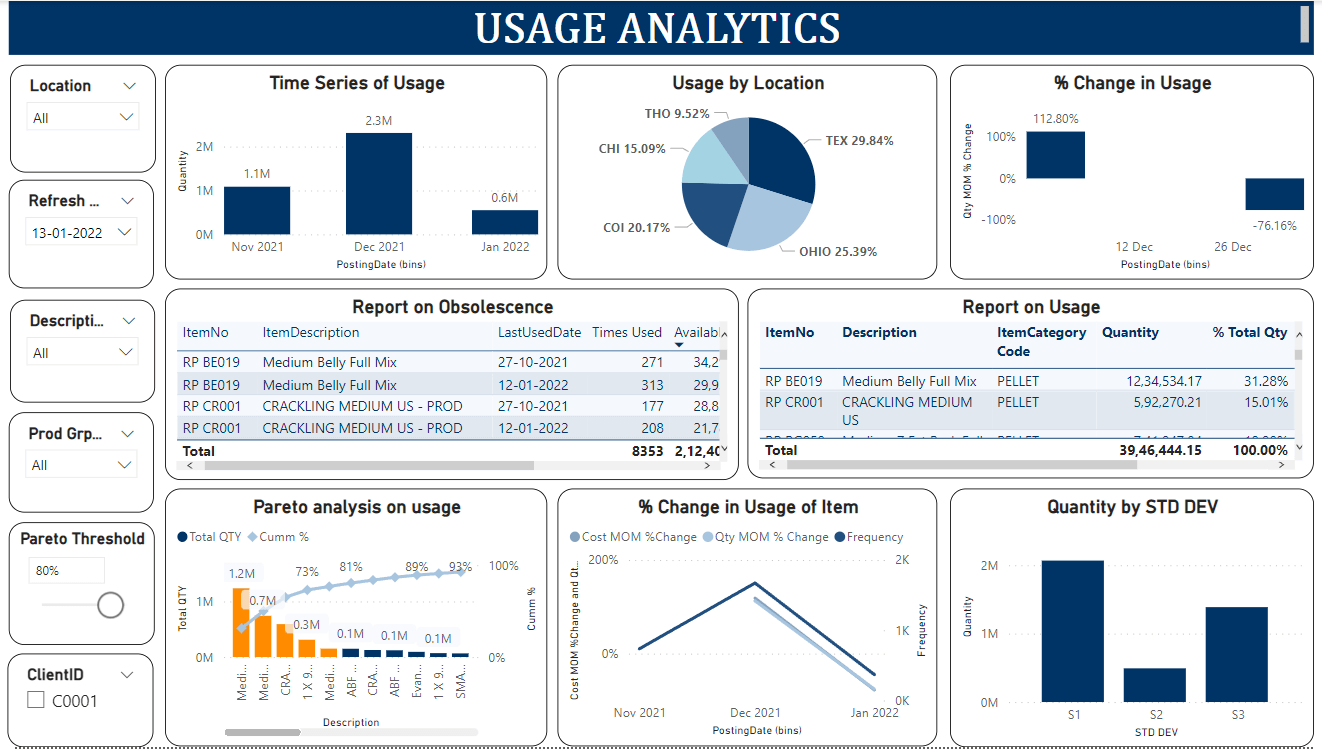
Client:
An API that allows creating user accounts with a payload called MPA (Master Program Application). The MPA contains various details such as "Doing Business As" (DBA) name, Email, Address, Agent details, Application Details, and Finance and billing details.
Challenge:
To test the Import endpoint to ensure that it correctly processes the MPA payload and creates user accounts with accurate information. The endpoint's payload has too many information and the combination of required and non-required fields for testing is extensive.
Our Solution:
Test the Import endpoint for creating user accounts using valid and invalid MPA payloads. Verify that the user accounts are created with the correct details from the MPA payload. Test edge cases and error scenarios to ensure proper error handling and validation.
Sample Test Scenarios:
1. Valid MPA Payload:
- Send a valid MPA payload to the Import endpoint.
- Verify that the user account is created successfully with the correct details from the MPA.
2. Invalid MPA Payload:
- Send an invalid MPA payload (e.g., missing required fields, incorrect format) to the Import endpoint.
- Verify that the API returns an appropriate error response indicating the reason for failure.
3. Duplicate User Account Creation:
- Attempt to create a user account with an MPA that already exists in the system.
- Verify that the API returns an error response indicating that the user account already exists.
4. Edge Cases:
- Test the Import endpoint with edge cases such as empty MPA payload, MPA payload with maximum allowed length, etc.
- Verify that the API handles these edge cases gracefully and returns appropriate error responses if necessary.
5. Concurrency Testing:
- Simulate multiple simultaneous requests to the Import endpoint with different MPAs.
- Verify that the API can handle concurrent requests without data corruption or inconsistency.
Tools and Techniques:
- Use Postman or Swagger to manually test the Import endpoint with different MPAs.
- Use a combination of boundary value analysis, equivalence partitioning, and negative testing techniques to design test cases.
Business Outcome:
- Improved Visibility: The implementation of test metrics provided stakeholders with real-time insights into testing progress and coverage, enabling proactive decision-making and resource allocation.
- Enhanced Efficiency: Identification of bottlenecks and inefficiencies allowed for targeted interventions, resulting in streamlined testing processes and reduced cycle times.
- Quality Assurance: Increased test coverage and rigorous defect management led to higher-quality deliverables, minimizing post-deployment issues and enhancing user satisfaction.
Conclusion:
By thoroughly testing the Import endpoint with various MPA payloads and scenarios, you can ensure that the API behaves as expected and creates user accounts accurately. Documenting test cases and results helps in identifying and resolving any issues before the API is deployed to production.


